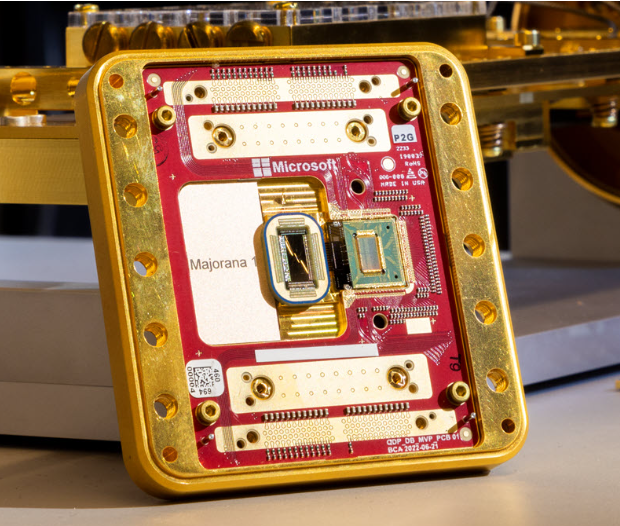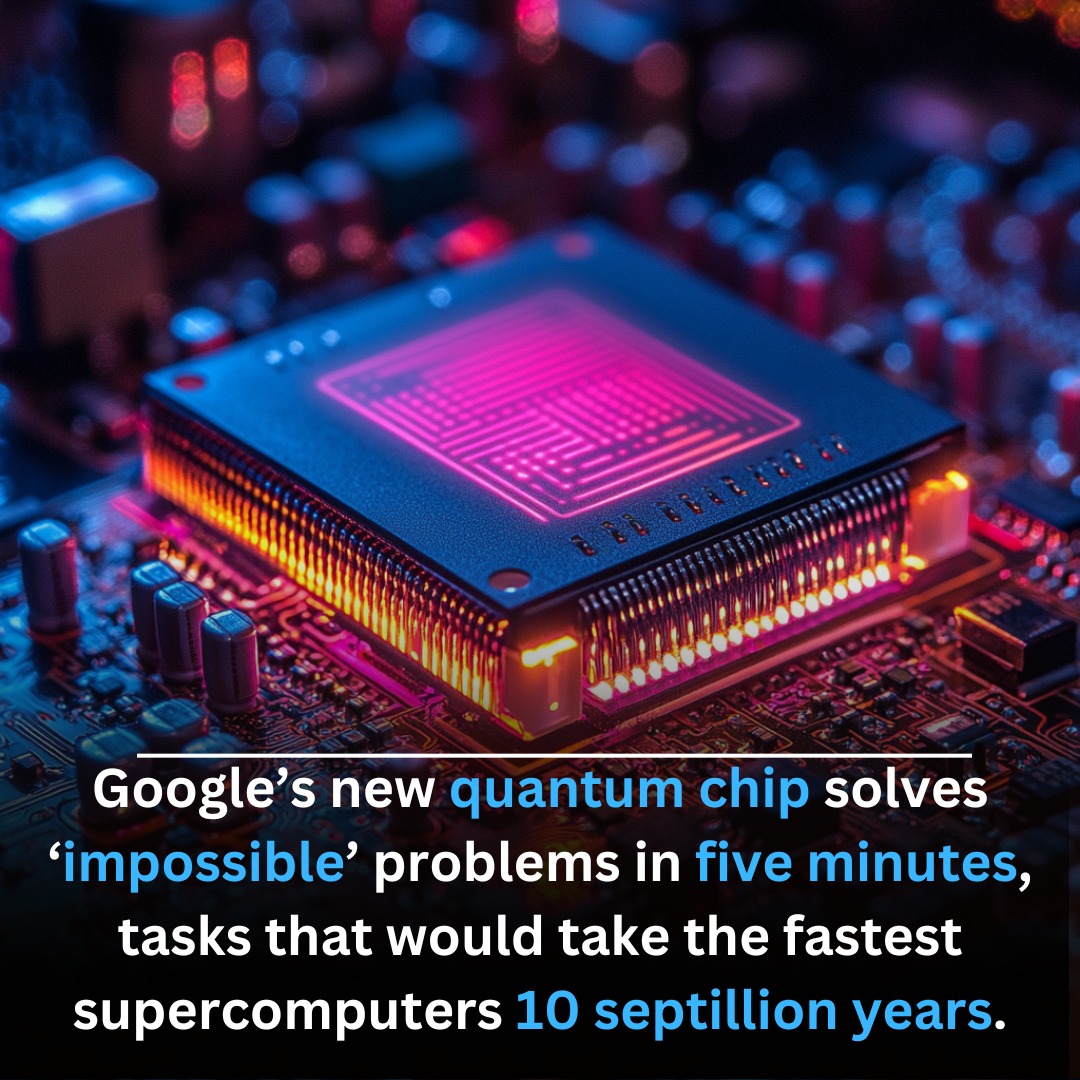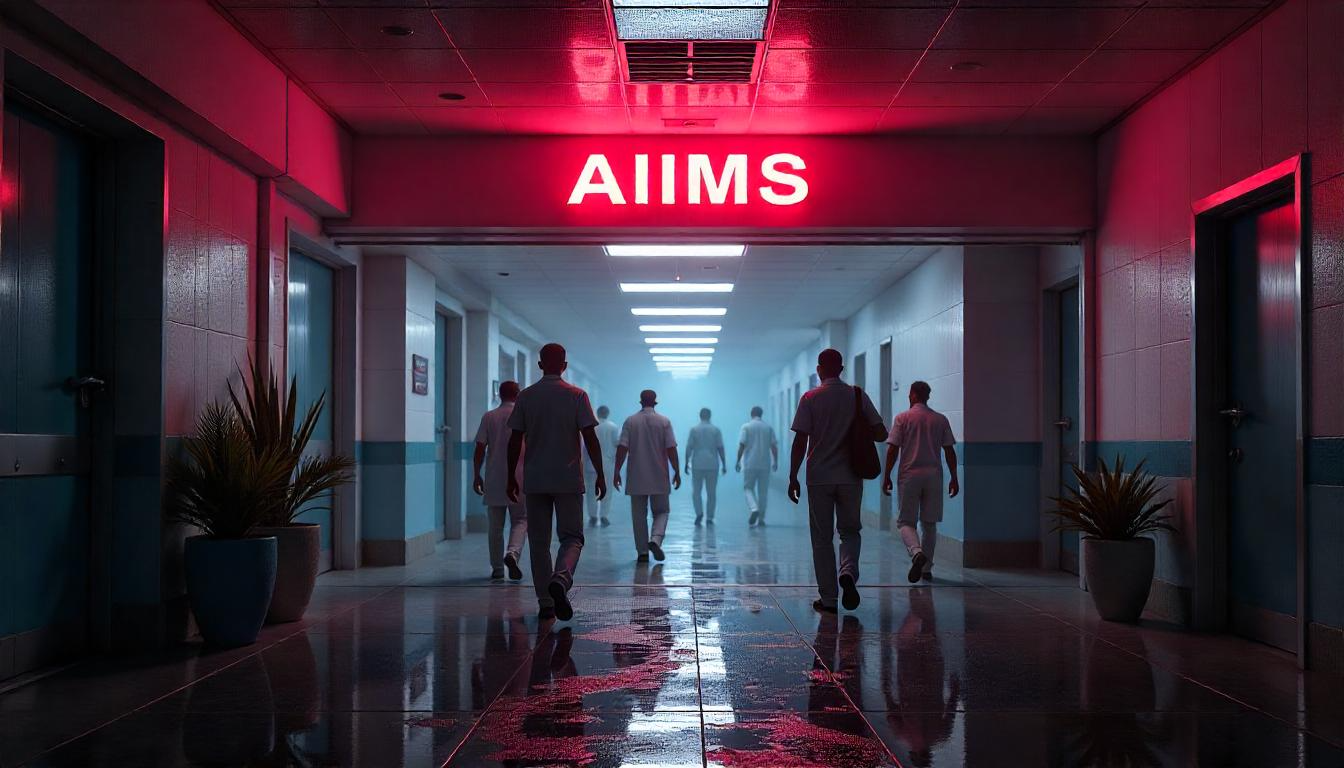
Elon Musk, the CEO of SpaceX, has said the satellite-to-cell phone service of Starlink would start trials on 27 January 2025. Because it will allow direct communication between satellites and smartphones without the need for terrestrial cell towers, this is a first-of-a-kind effort to close the connectivity gap.

Though Musk revealed it via Twitter, this only stoked more enthusiasm for Starlink’s bold objective of offering global coverage, even in the most isolated regions of the globe. This is a significant development in the field of telecommunications and will surely transform how individuals connect with mobile networks.
What is the satellite-to-cell service of Starlink?
A subsidiary of SpaceX that provides high-speed internet worldwide, Starlink has been shooting tens of thousands of low Earth orbit (LEO) satellites to the surface. The company’s most recent offering, satellite-to-cell phone connectivity, is also designed to be compatible with typical cell phones. Users could connect directly to Starlink satellites so no extra software or hardware is needed.
Expected to solve important problems including off-grid area connectivity difficulties, rural spotty coverage, network failures under natural disasters. Starlink wants to make continuous communication possible for anyone, everywhere by minimizing dependence on conventional telecommunications network.
How Does Satellite Text Messaging Work?
Satellite text messaging is done through a network of orbiting satellites, where messages are sent from one device to another. The messages are sent via radio waves from a device, such as a satellite phone, to a satellite in orbit. The satellite then relays the message to a ground station, which is a facility that receives and transmits signals to and from satellites. From there, the message is transmitted to the recipient’s device, which may be another satellite phone or a mobile phone connected to a cellular network.

It does not require cellular coverage, which is a major advantage for satellite text messaging. In fact, this service is highly beneficial for remote areas such as deserts, mountains, and oceans. However, it is affected by weather conditions, such as heavy rain or snow, that weaken or disrupt the signal.
The second benefit of satellite text messaging is that it offers two-way communication. In other words, the traditional emergency beacons are one-way and can only send out distress signals. That is, if you are in trouble, you can send a message to someone who can help you, such as a search and rescue team or a friend with a satellite phone.
First Testing and Co-operations
January 27 is likely the date of tests with major MNOs thanks to Starlink’s efforts to negotiate worldwide carrier partnerships. Originally, SpaceX intended to partner with T-Mobile in the United States to expand coverage via satellite link, aiming particularly at dead zones unreachable by traditional networks.
While the specifics of the testing phase are not known, it is believed that these tests will highlight the performance of these networks via data transfer rate, signal strength, and user experience.
Difficulties and Anticipations
It’s such a groundbreaking idea; there are difficulties, however, in making it real. They range from the legal obstacles to potential interference in current networks as well as a sophisticated technology to be adapted for the satellites used in data transmission.
Still, the possibilities abound. Global emergency communication systems, empowerment of underprivileged areas, and a backup means of communication in times of calamity could all result from satellite-to-phone services.

The Future of International Connectivity
Starlink by Elon Musk has already taken the satellite internet sector by storm; the next big step is the integration of satellite-to-cell services. A truly borderless communication network would totally change the telecom industry if this technology were successful.
The world will be observing Starlink&’s great vision taking form as the testing phase starts on January 27. One thing is sure: the future of universal connectivity looks brighter than ever.
Tags: Starlink, Elon Musk, satellite-to-cell, global connectivity, SpaceX, satellite internet, T-Mobile partnership, January 27 testing
Keywords: Starlink satellite-to-cell phone service, Elon Musk confirms testing, global connectivity innovation, satellite internet by SpaceX, T-Mobile Starlink collaboration, universal cell phone coverage, satellite communication testing January 27, Cyber Samachar, Cyber News, Technology









